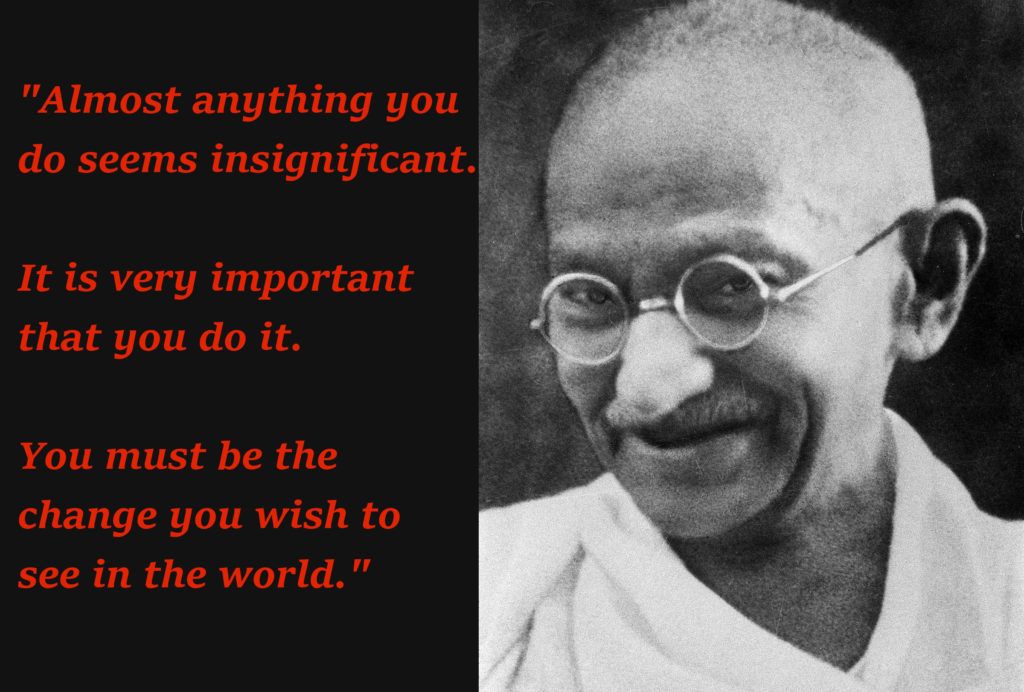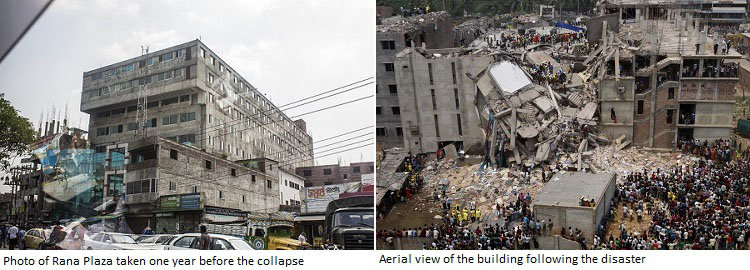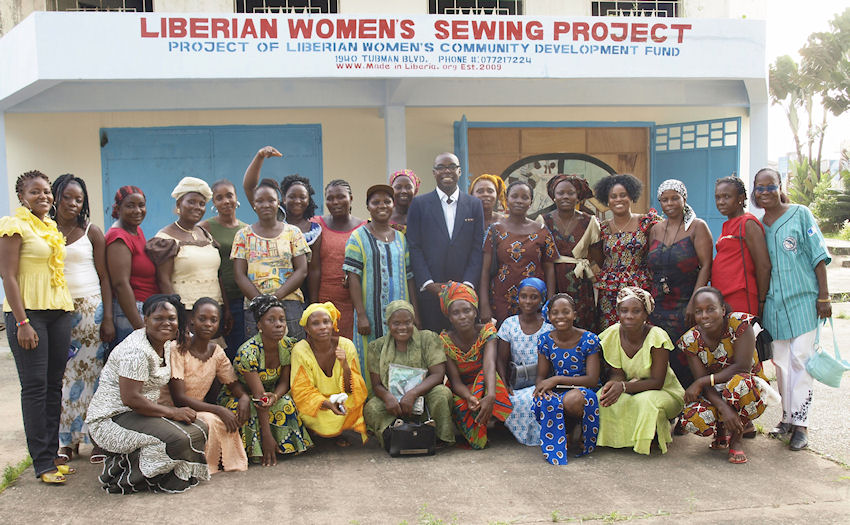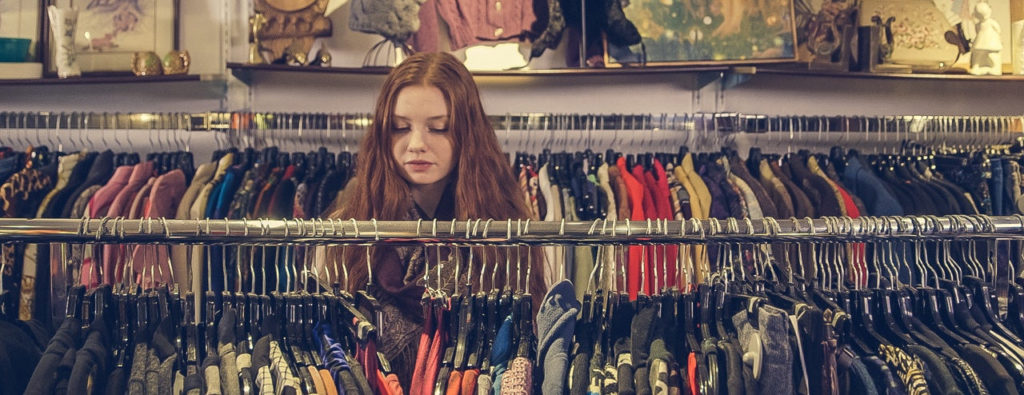In 2009 we started The Eco-Fashion Philosopher with this very question. By 2019 the terminology has gotten more complex rather than less. Is “eco-fashion” the same as “sustainable fashion”? What about “Ethical Fashion” or “Slow Fashion”? Ten years on, and the need to clarify is more prevalent today than when we started. Let’s take a look at these terms and what they all mean.

“Eco-Fashion” Explained
Eco-fashion describes clothing produced with minimal environmental impact.
When people talk about “eco-fashion”, they are generally referring to the ecological impact that fashion has in the world. At Faerie’s Dance, we look at four factors when determining if a garment meets the “eco-fashion” label:
- How was the input material grown or made?
- Are toxic chemicals required for the transformation of the input material into fabric?
- How much production waste is generated?
- Which dyes or finishing agents are used in the final garment?
Just to be clear, though, conventional fashion is a dirty business. Exactly how dirty is hard to quantify because fashion touches so many different things such as water chemical pollution, ocean plastic pollution, soil pollution, carbon emissions, petroleum usage, desertification, and on and on. Entire movies have been made about fashion industry pollution. Check out this documentary preview on river pollution for a quick look into some of the main issues with the fashion industry.
RiverBlue – Official Trailer from RiverBlue on Vimeo.
“Ethical Fashion” Unpacked
Ethical Fashion ensures the well-being of the farmers and factory workers.
The creation of fashion is extremely labor intensive. Sewing machines are about as high-tech as things get in the fashion industry, and there are actual people who operate them. The USA once had a booming clothing manufacturing industry. In 1960, 95% of clothing sold in the U.S. was manufactured in New York’s Garment Center. With rising wages in the USA, companies started outsourcing clothing manufacturing.
Initially China was the place to go for cheap labor and minimal regulations. Sweatshop working conditions and child labor became the norm with profit margins skyrocketing for western companies that could still charge a premium. As the world became focused on the plight of the Chinese garment worker, conditions slowly improved and wages started to rise. In some ways, the problem became worse. In the never-ending “race to the bottom” western companies started leaving China to set up garment manufacturing in even poorer areas, with even fewer regulations. Fashion industry workers were increasingly being paid less and less for working longer and longer hours.

In 2013, the Rana Plaza garment building in Bangladesh collapsed killing 1134 people who were making clothing for western companies. The building was not zoned for manufacturing. The upper floors had been built without permits. Worst of all, the workers had been threatened with job lose and pay withholding if they did not come to work even after cracks were spotted in the building. This disaster really shone a spot-light on the plight of the garment workers around the world. The Fashion Revolution was started to counteract this type of worker abuse.

Today, the hashtag #WhoMadeMyClothes is used as a call to action to ensure people in the fashion manufacturing chain are treated with dignity, while Fair Trade standards and certifications ensure they are paid fairly and receive living wages.
“Slow Fashion” Sorted
Slow Fashion emphasizes quality over quantity and lasting appeal over trendiness.
Once fashion production was moved to places with cheap labor, the industry realized that more money could be made by offering lower quality goods, thus reducing prices even further. Moreover, if prices were cheap enough, producers could sell significantly more. The pace of fashion trends picked up significantly in the 1980s and 1990s. Instead of collections coming out seasonally, suddenly new items were being introduced monthly, and then weekly. The strategy was to get fashion from the catwalk to the consumer as fast as possible.
Planned obsolescence became the standard for fashion rather than quality. A shirt no longer had to last season after season. Wearing an item 2-3 times and then tossing it became the norm. The term “fast fashion” was born to describe this new model of production. And the pileup of fashion waste increased exponentially.

After a few decades of rampant “fast fashion” the toll on the environment, the buildup of landfill, and the emotional weight on people owning all this “stuff” became too much. Books like Marie Kondos “The Life Changing Magic of Tyding Up” became international best-sellers as people have become bogged down in a sea of over-consumption. An entire industry of decluttering grew out of the mess. Frustrated consumers and fashion designers are fostering a new movement towards “slow fashion,” in an attempt to find a path back to quality, timelessness and sanity in fashion.
So What is Sustainable Fashion Then?
Sustainable Fashion is the all-encompassing term for fashion that is ecologically sound, ethically produced, and high quality. In other words, both environmentally and socially sustainable as well as well-made and stylish.
We’ve learned a lot since we opened our little online fashion boutique in 2005 with just 70 or so styles. We continue to educate ourselves about fashion, style, ethics and sustainability. Our research into new garments and manufacturers is extensive, and our verification methods have become increasingly sophisticated. Today FaeriesDance.com offers more than 1200 items, each one curated to be sustainable from every point of view.
